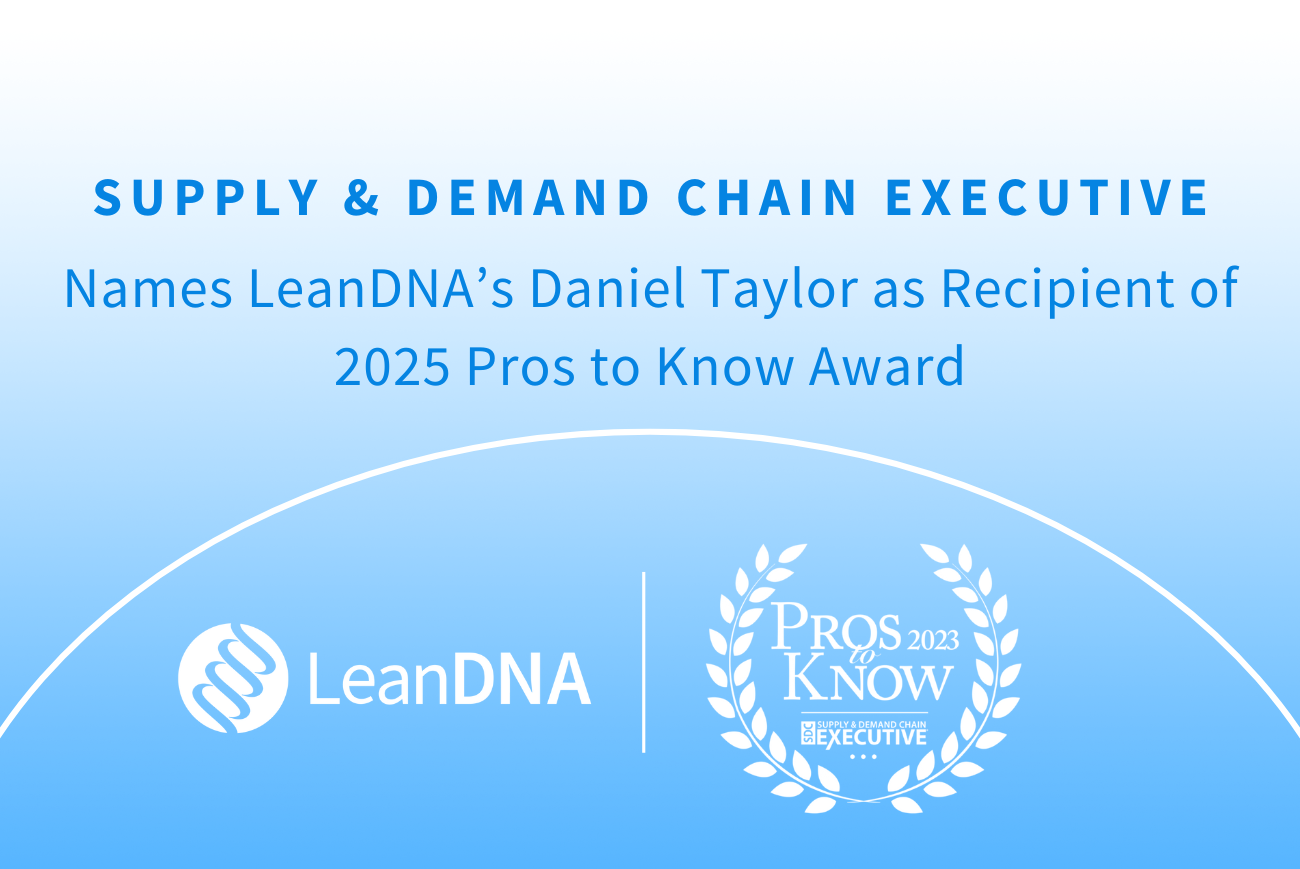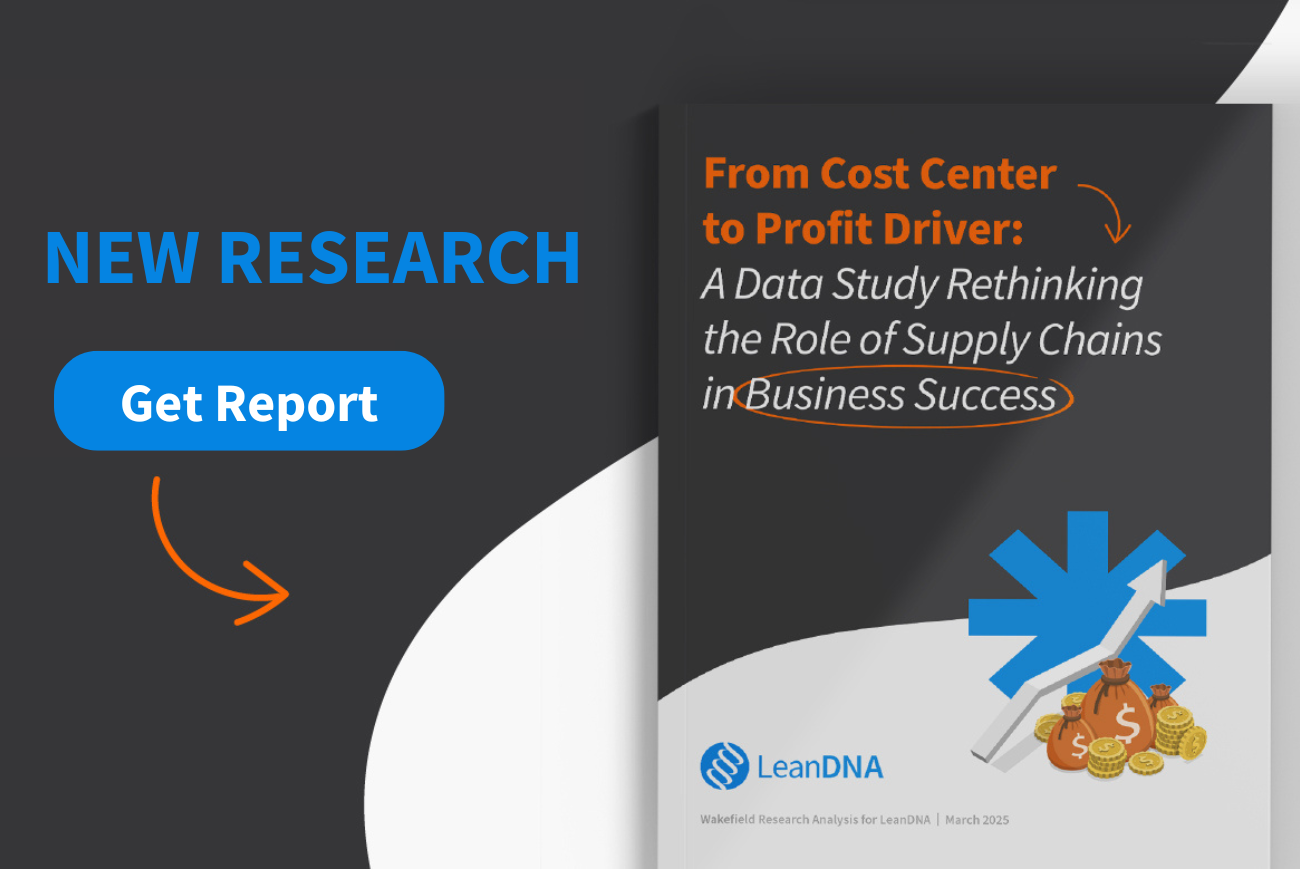In the ever-evolving landscape of supply chain management, where disruptions loom around every corner and supply chain complexity continues to grow, supply chain leaders seek a superpower to transcend those challenges—Adaptability. In a recent webinar, we dove into strategic insights from Vatsal Gandhi, Executive Director of Global Supply Chain at Modine Manufacturing Company, to shed light on how adaptability becomes the linchpin for resilient and thriving supply chain ecosystems.
Click here to watch the full on-demand webinar or keep reading for the top 5 webinar takeaways.
1. Craft an Adaptable Supply Chain Plan
Crafting an adaptable supply chain plan is not a lofty goal; it's a strategic imperative. Gandhi draws from extensive experience on this topic, emphasizing “adaptable supply chain plans involve creating strategies that can pivot based on real-time insights and collaboration”.
- Real-time Collaboration: Embrace collaboration as the cornerstone of adaptability. Real-time collaboration ensures that insights flow seamlessly, allowing for quick pivots in response to evolving circumstances.
- Strategic Pivots: An adaptable supply chain plan is a living entity, ready to pivot strategically based on the latest data. It's about aligning planning, execution, and collaboration for a holistic approach to supply chain management.
- The Local Hero Analogy: Gandhi introduces the concept of "Local Hero Analytics," highlighting the reliance on individual geniuses in every factory or distribution center. “We need to get out of spreadsheet madness. Is this scalable? Is this sustainable? You have to invest in smart learning and decision-making platforms like LeanDNA that can help you be more agile”.
2. Flexibility in Exception Management
Exception management becomes a realm of opportunity, not chaos. “Flexibility in exception management is about stabilizing plans and optimizing inventory to enhance adaptability to unforeseen disruptions,” says Gandhi.
- Stabilizing Plans: Flexibility is not synonymous with chaos. Instead, it's about stabilizing plans. We must learn how to navigate the intricacies of exception management without compromising on stability.
- Optimizing Inventory: In the face of disruptions, inventory optimization takes center stage. Flexible exception management contributes to a more streamlined and efficient inventory, enhancing adaptability.
3. Proactive Adaptation to External Disruptions
Proactivity is the shield against external disruptions. Gandhi shared his tried and true strategies to position your organization as resilient in times of crisis including:
- Building Strong Relationships: Proactive adaptation involves more than responding; it's about building strong relationships with suppliers. These relationships become the foundation for swift, collaborative adjustments.
- Feedback Loop for Resilience: A close feedback loop ensures resilience. This constant flow of information becomes the catalyst for proactive adaptations, mitigating risks before they escalate.
4. Digital Transformation for Enhanced Adaptability
Digital transformation paves the way for true adaptability. For leaders hesitating at the crossroads of digital transformation, Gandhi advocates for a gradual approach saying “Gradual digital transformation is the path to enhanced adaptability—small wins build confidence and set the stage for broader transformation.”
- Path to Confidence: Gradual digital transformation is not a compromise; it's the path to enhanced adaptability. Small wins build confidence and can help you get the buy-in needed for more radical and meaningful change.
- Building Foundations: Digital transformation is not a one-time event. It's about building foundations. Each step in the digital journey contributes to a more adaptable and resilient supply chain.
5. S&OP as the Catalyst for Adaptability
Gandhi positions Sales and Operations Planning (S&OP) as a catalyst for adaptability. Internal experts create playbooks, and tools like LeanDNA seamlessly tie planning with execution, unleashing a new era of adaptability.
- Expert-Driven Playbooks: Internal experts play a pivotal role in shaping adaptability. Their insights build playbooks that guide organizations through the intricacies of S&OP.
- Tying Planning with Execution: Seamless integration of planning and execution is the key. Explore how tools like LeanDNA bridge the gap, transforming S&OP into a dynamic force that propels organizations toward adaptability.
In conclusion, the webinar discussion vividly depicted adaptability as a true supply chain superpower. Infusing adaptability into planning, exception management, response to external disruptions, digital transformation, and S&OP processes forms the crux of building an adaptive advantage.
Want a deeper dive into supply chain adaptability? Watch the on-demand webinar now.
Ready to learn more about how LeanDNA can help your supply chain teams attain inventory excellence? Sign up for a demo.



